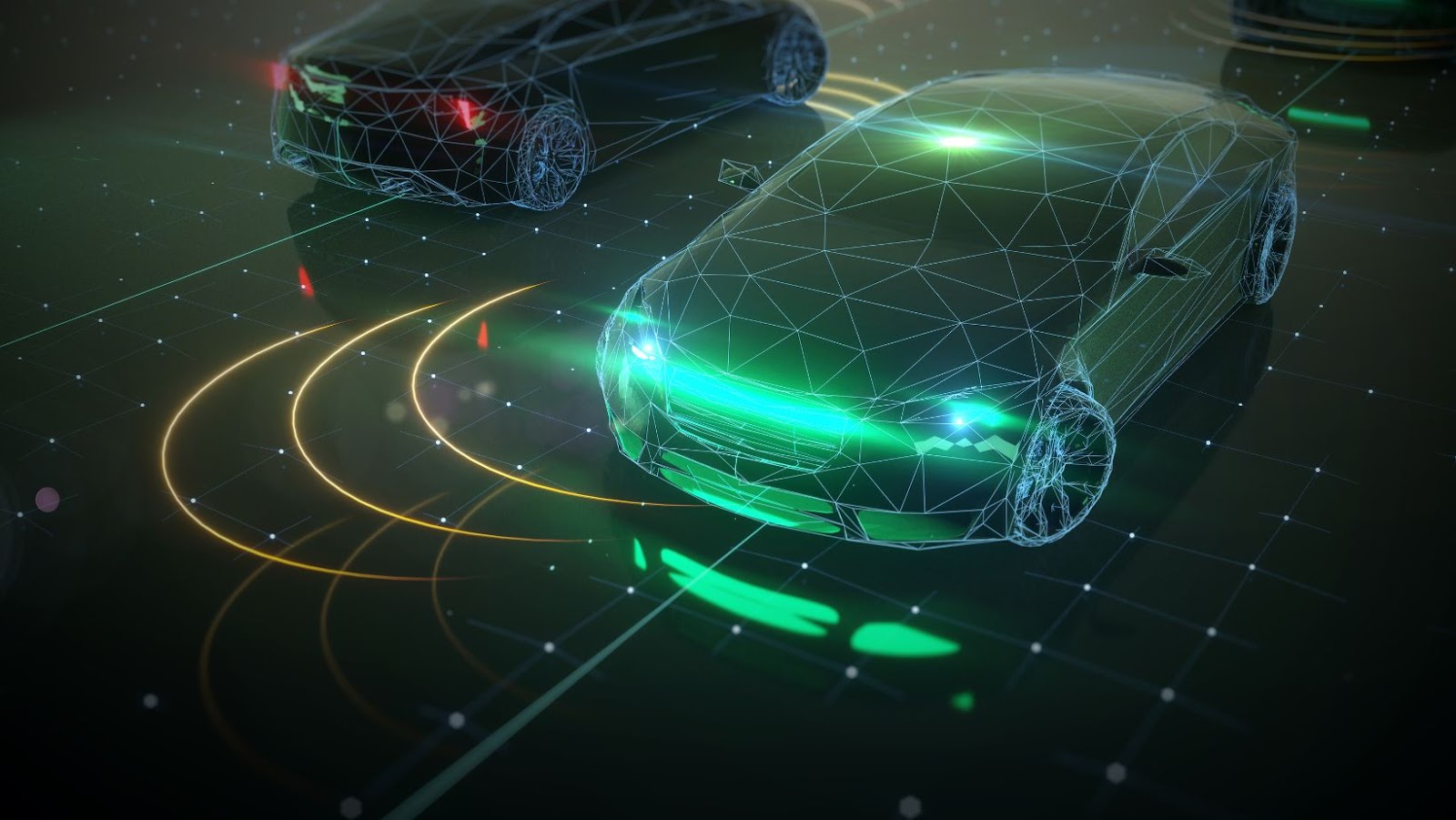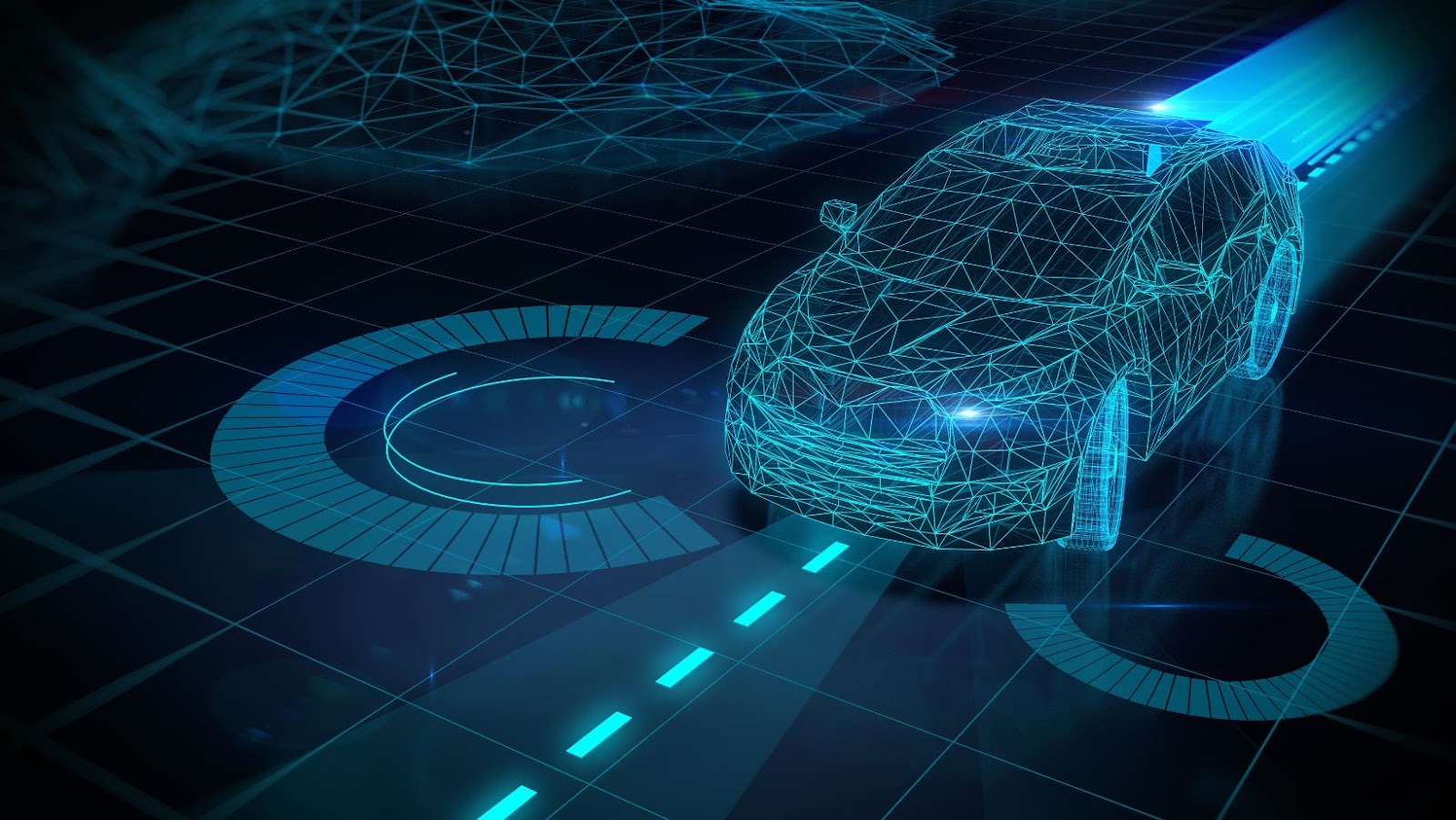
Cruise and GM recently partnered with Microsoft to commercialise self-driving vehicles. This new venture promises to revolutionise how humans interact with vehicles and transportation.
Let’s take a closer look at self-driving vehicles and the potential effects of this new partnership.
Definition of Self-Driving Vehicles
Self-driving vehicles, also known as autonomous or driverless vehicles, are cars or trucks programmed to drive themselves without human intervention. Additionally, these automated vehicles have numerous sensors and cameras to monitor their surroundings and detect road conditions, pedestrians, traffic lights and other objects. This technology aims to make the roads safer for everyone by eliminating human error caused by distracted driving and reducing vehicular deaths caused by manual drivers.
Self-driving cars are controlled with artificial intelligence (AI) technologies such as machine learning algorithms, computer vision systems and navigation systems. This type of AI allows them to navigate streets and recognize objects more effectively than humans can. They also use GPS trip data from past trips to determine the best route for each trip. As a result, they will be able to respond quickly to changing traffic patterns or road conditions due to weather and provide effective solutions for unexpected obstacles in the path ahead of them.
These automated driving technologies are expected to have implications in the transportation industry and numerous other sectors such as logistics, urban planning, engineering, construction and manufacturing. As a result, self-driving vehicles will soon become a reality on our roads, transforming our daily lives.
Cruise and GM Team Up with Microsoft to Commercialise Self-Driving Vehicles
Cruise and GM recently announced a collaboration with Microsoft to commercialise self-driving vehicles. This partnership is aimed at leveraging each partner’s expertise to develop innovative autonomy solutions that will power the future of transportation.
The partnership will include access to Microsoft’s cloud-based services, AI, computer vision capabilities, and Microsoft’s Azure cloud platform.
Let’s take a closer look at the details of this collaboration.
Details of the Partnership
Cruise and GM have teamed up with Microsoft as part of their extensive self-driving vehicle operations. This partnership will combine the computing power of Azure, Microsoft’s cloud platform, with the data collected by Cruise’s fleet of autonomous vehicles. Cruise and GM aim to utilise this data to rapidly test, deploy, and scale self-driving vehicles that are safe, reliable and cost efficient.
The three companies state that the autonomous cars will have improved sensors and cameras that can process data more quickly than conventional navigation systems. In addition, they plan to use cloud technology to store vast amounts of data collected from their vehicles’ travels to further enhance their computing capabilities.
The partnership utilises Microsoft’s Artificial Intelligence (AI) capabilities and its large-scale engineering team for developing driverless vehicular services for businesses seeking auto-operating technology solutions. It also draws on Microsoft’s experience with mixed reality technologies to create a more immersive experience through augmented reality or virtual reality systems integrated within the vehicles. Furthermore, its cybersecurity expertise helps create defence systems against malicious intruders or attempted phishing incidents targeting these highly connected fleets of automated cars.

Benefits of the Partnership
One of the main benefits of the partnership between Cruise, General Motors and Microsoft is that they bring together some amazing technological advances to develop and operate self-driving vehicles. By leveraging their collective resources, the collaboration enables Cruise to accelerate its goal of bringing these vehicles to market. Furthermore, integrating Microsoft’s cutting-edge cloud technology with GM’s automotive expertise and Cruise’s on-road experience in developing autonomously driven cars and ride-sharing business will result in a strong foundation for self-driving cars.
The alliance extends beyond technology development and focuses on safety, which is key for successfully adopting fully autonomous vehicles. By combining their respective knowledge on self-driving cars, the companies can look into how AI can be used in real world situations to ensure the vehicle operates as safely as possible in different conditions, taking into account weather patterns, pedestrian traffic and more.
Furthermore, this partnership brings significant economic benefits for communities across North America by creating jobs for qualified people in engineering/programming/testing automation software very quickly. This also demonstrates that large investment capital from Microsoft has been placed into automotive production which will help facilitate manufacturing advancements across many industries, while helping stimulate local economies significantly over time.
Benefits of Self-Driving Vehicles
Self-driving vehicles, or autonomous vehicles, are driven by computers instead of humans. This innovative technology has the potential to revolutionise transportation, making roads safer and more efficient, and offering convenience and mobility for all.
Cruise and GM recently announced a partnership with Microsoft to commercialise self-driving vehicles, showcasing just how close we are to a world of completely automated transportation. But, first, let’s look at some of the benefits of self-driving vehicles.

Improved Safety
The use of self-driving vehicles has the potential to dramatically improve road safety. Autonomous vehicles can help reduce the number of collisions by removing human errors such as speeding, aggressive driving and distractions. Self-driving cars are equipped with driver safety software that powers a wide array of sensors, GPS tracking and advanced, self-learning algorithms that enable them to recognize risks quickly and accurately assess potential obstacles on the road. They also have built-in fail-safes, such as automated brake systems that can recognize a potential collision and take necessary evasive manoeuvres.
Self-driving vehicles also offer another important safety benefit: They don’t get fatigued or distracted like human drivers. This is especially beneficial in long haul trucking or other applications where long hours of operation may be required. Autonomous systems are always alert and scanning the environment which helps prevent collisions caused by driver fatigue or inattention. Additionally, if an autonomous vehicle detects a dangerous situation on the road it can quickly communicate this information to other vehicles in the vicinity so they can respond correctly, reducing the chance of a collision.
Increased Efficiency
Self-driving vehicles promise to be an important part of the future transportation system. Autonomous cars, trucks, and buses have the potential to reduce road accidents, reduce congestion on highways and city streets, and provide improved mobility for those who cannot drive due to disability or age. In addition, self-driving vehicles will be especially beneficial in efficiency, providing higher security based on their ability to more accurately detect hazards in their environment.
Autopilot systems use sensors and algorithms to safely manage operations from start to finish with minimal human intervention. By removing the physical aspect of driving from passengers’ hands, self-driving cars can navigate traffic around construction sites or weather events more quickly than a human driver. Furthering its efficiency gains, self-driving technology allows for vehicle platooning — a phenomenon where vehicles synchronise to form a chain behind one autonomous leader — which reduces air drag while allowing each car to participate in coordinated manoeuvres such as lane changing or merging onto a highway efficiently and safely.
Equipped with top-of-the-line navigation hardware like GPS units and LIDAR detectors that respond hundreds of times faster than the blink of an eye, self-driving systems can look much further ahead through traffic events than humans alone. This can result in quicker decisions like changing lanes at the right moment or taking alternative routes when there is heavy traffic buildup on certain roads. Self-driving cars also have capabilities that go beyond what humans could do themselves; this includes communicating between vehicles as well as taking into account different factors like passengers’ comfort level during long trips along bumpy roads or uncomfortable potholes that may be hard for humans to anticipate ahead of time.
Challenges of Self-Driving Vehicles
Self-driving vehicles have become an increasingly popular topic in recent years. Cruise and GM have even teamed up with Microsoft to commercialise self-driving vehicles.
Although this technology has immense potential, it still faces several challenges in terms of implementation. This article will explore some of those challenges and discuss how they can be overcome.

Technical Challenges
Despite the exciting possibilities self-driving vehicles offer, several technical challenges must be addressed before autonomous vehicles can become widely available. Here are some of the main challenges associated with self-driving cars.
1. The ability to detect and respond to obstacles: Self-driving cars must be able to detect their environment accurately to make decisions and react appropriately. This involves sensors, algorithms and software for analysing information about the surrounding environment and anticipating what will happen next. The car must then decide and execute appropriate actions in a fraction of a second.
2. Overcoming limitations of current technologies: Self-driving cars need reliable sensors, communication systems, cameras and computers capable of acquiring and interpreting data quickly, making accurate decisions in real time, and ensuring safety while driving autonomously.
3. Legal implications: With potentially thousands or millions of self-driving vehicles on our roads by the end of this decade, laws will have to be updated or created specifically for automated driving technology to ensure safe operation on public roadways. There will also be complexities concerning who is liable in an accident related to self-driving technology failure or human error (for example if a human takes control manually).
4. Decision making processes: Autonomous vehicles will need algorithms with decision-making abilities such as risk assessments that consider traffic rules and regulations as well as ethical considerations so that these vehicles choose not only safe routes but optimal routes regarding fuel efficiency, environmental impact etc., too.
Regulatory Challenges
The advent of self-driving vehicles presents numerous regulatory challenges. Of particular concern is the safety of these vehicles, how they will interact with other vehicles on the road, pedestrians and other road users, and how they will handle emergencies on their own.
Because of this, many industry experts believe introducing autonomous vehicles will require a significant overhaul of existing regulations. These regulations could include laws governing areas such as driverless car insurance and liability, data collection for research purposes, privacy issues concerning data collection from autonomous cars, and consumer access to product information and service rules.
Regulatory agencies must also determine whether companies can be held liable for any accidents involving an automated vehicle, or if those risks are now similarly transferred to the consumer that seatbelts and airbags may transfer some risk to passengers in a car today. Regulatory changes may further impact how certain safety features such as lidar technology are used in autonomous vehicles as these technologies have become increasingly commonplace.
In conclusion, regulatory bodies worldwide must quickly develop new laws and guidelines regarding self-driving cars to keep citizens safe while allowing these new technologies to thrive in an increasingly technological world.






